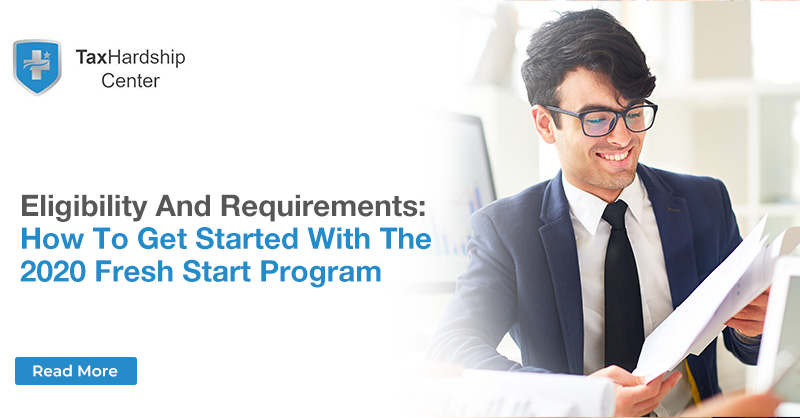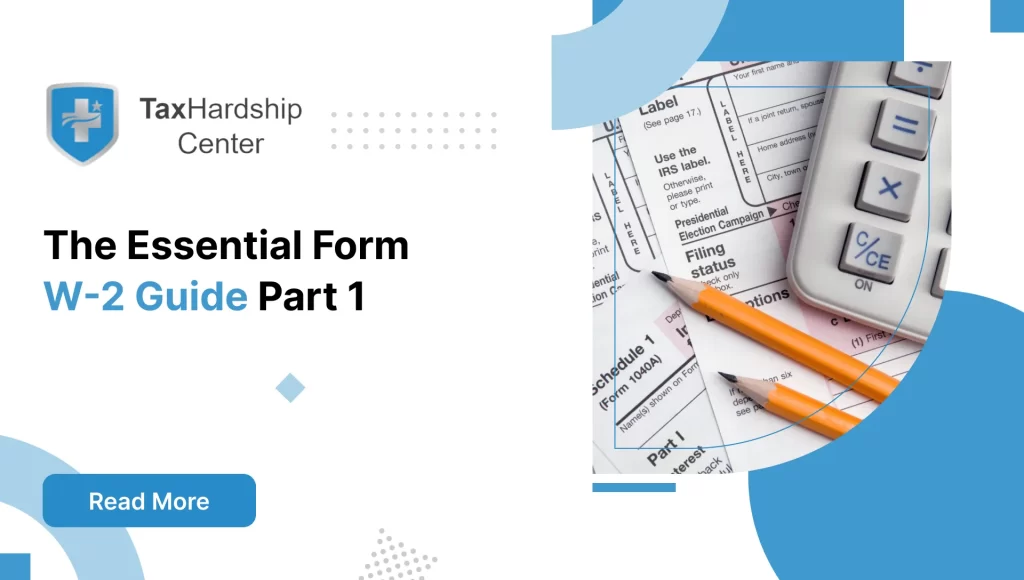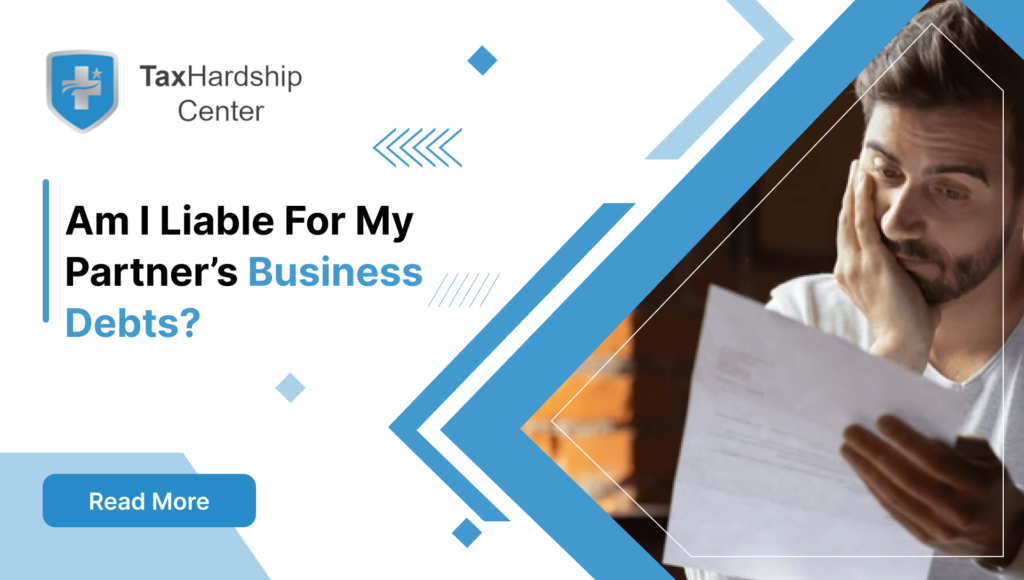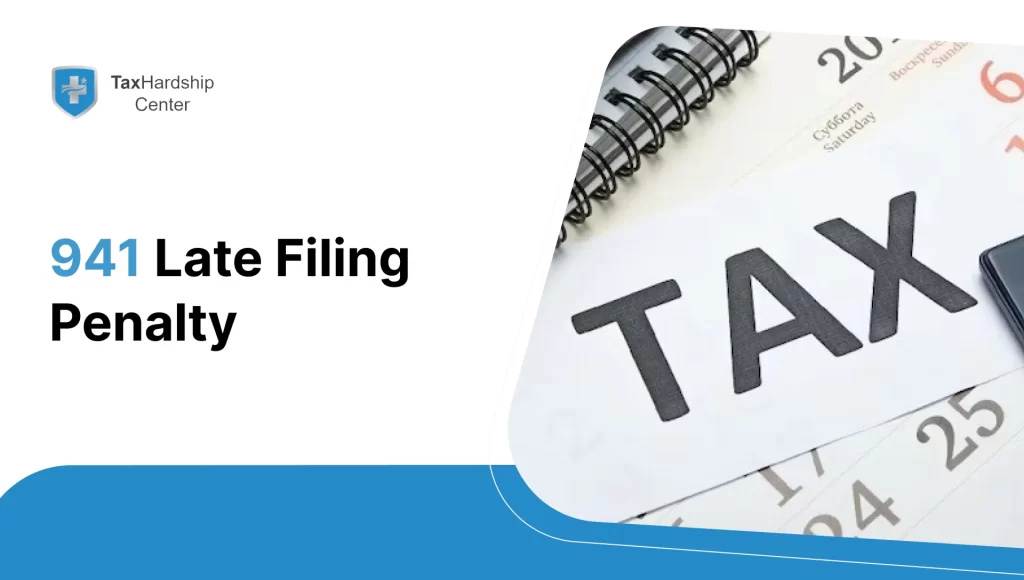Note: While the phrase “IRS Fresh Start Program” might bring up hope for struggling taxpayers, it’s important to dispel a common misconception. The IRS 2020 Fresh Start program was not a permanent initiative. It was a series of temporary relief measures implemented in 2020 due to the significant financial hardships caused by the COVID-19 pandemic.
The IRS offers various ongoing relief programs for taxpayers facing financial difficulties. Understanding your options and navigating the application process can be overwhelming, but we provide education and support.
Don’t let tax debt hold you back. Contact Tax Hardship Center today for a free consultation. Our experienced tax professionals can help you understand your options and guide you through the IRS Fresh Start program.
Owing a lot of taxes can be a heavy burden, but the IRS Fresh Start program offers a ray of hope. This program provides relief options for individuals and businesses struggling with tax debt.
What is the 2020 IRS Fresh Start Initiative?
In 2011, the IRS introduced the Fresh Start program, which includes a series of initiatives aimed at assisting individual taxpayers and small businesses with outstanding tax debts. The program was developed in response to the Great Recession of 2008 to aid struggling taxpayers in paying their debts and getting their taxes back in order. These programs can offer significant benefits, including
- Reduced tax liabilities: You can settle your debt for less than the total amount you owe.
- Flexible payment plans: You can spread your payments over time through installment agreements.
- Penalty relief: You can waive some or all of your tax penalties.
- Stop collections: You can temporarily halt IRS collections efforts while you work on a payment plan.
Who is eligible for the IRS Fresh Start Initiative?
The IRS Fresh Start program is available to individuals and businesses that meet specific criteria. To start the application process for the IRS Fresh Start Initiative and request financial assistance, you need to provide solid proof of financial hardship. This may include documents such as medical statements, insurance claims, or other relevant records. It also addresses the criteria, which include:
- A 25% decrease in income if you are a sole proprietor.
- Being current with your tax filings.
- An annual income below $100,000 (for single individuals) or a combined annual income below $200,000 (for married individuals).
- You are not yet subject to a federal tax lien.
How to Get Started with the IRS Fresh Start Program
If you think you may qualify for the IRS Fresh Start program, there are a few steps you can take to get started:
- Gather your financial documents. You must provide the IRS with proof of your income, expenses, and assets.
- Contact The Tax Hardship Center for a free consultation to discuss your options for tax debt relief. In addition to the Tax Hardship Center, tax attorneys, enrolled agents, and CPAs may provide free consultations.
- Determine which program is right for you. The IRS Fresh Start program offers several relief options, each with its eligibility requirements.
- Complete the necessary forms. You can find the forms you need on the IRS website.
- Submit your application. You can submit your application by mail, fax, or online.
- Wait for the IRS decision. The application can take months to process, but rest assured. The IRS will review your application and inform you if you have been approved for program benefits.
Deep Dive into IRS Fresh Start Options:
Now that you have a good overview of the IRS Fresh Start program, let’s delve deeper into the specific options available and how to determine which one is right for you.

1. Installment Agreement:
This option allows you to spread your tax debt payments over time, making them more manageable. When you request a payment plan (installment agreement), with certain exceptions, the IRS is generally prohibited from levying. The IRS’s time to collect is suspended or prolonged while an Installment Agreement (IA) is pending. There are options for payment plans:
- Short-term payment plan: You may qualify to apply for a short-term payment plan if you owe $100,000 in combined tax. Penalties and interest. Short-term payment plans must be made within 180 days, and if you cannot pay immediately or within 180 days, you may qualify to pay monthly through an installment agreement.
- Long-term payment plan: You may qualify to apply for a long-term payment plan if you owe $50,000 or less in combined tax, penalties, and interest. Business owners can apply online for a long-term payment plan if they’ve filed their tax return and owe $25,000 or less in combined tax, penalties, and interest.
- If you are a sole proprietor or independent contractor, apply for a payment plan as an individual.
2. Offer in Compromise (OIC):
The IRS may approve an OIC (Offer in Compromise) agreement if your original debt balance is considered uncollectible due to your liabilities exceeding your assets and income. However, it’s important to note that you can’t negotiate with the IRS on any amount to settle your tax bill. Instead, the IRS calculates a reduced tax debt figure based on the Reasonable Collection Potential (RCP). This is the final amount the IRS estimates it can collect in total.
3. Penalty Abatement:
When you don’t file a tax return, pay your taxes on time, or make required tax deposits, the IRS automatically penalizes your outstanding debt. If you ignore these penalties, they can quickly accumulate and increase your total tax debt amount.
The penalty abatement program can reduce your total tax liability by forgiving penalty charges while interest continues to accrue on the unpaid tax balance.
Due to strict requirements, applying for a tax abatement can be challenging. The IRS demands you to demonstrate “reasonable cause” to have penalties removed, which includes:
- Injury directly affecting you or a member of your immediate family.
- Natural disaster or fire
- Victim of identity theft
- The inability to obtain records.
- Death or serious illness
4. Currently Not Collectible:
The IRS uses the Currently Not Collectible (CNC) status to pause the collections process, which includes wage garnishments, collection actions, and deferred debt payments.
The IRS assesses if you qualify for CNC status by comparing your total income and investments with the national and local standard living expenses. These expenses include necessities such as food, healthcare, housing, and transportation. If the IRS concludes that paying off your tax debt after meeting these expenses would cause severe financial hardship, they may consider the account uncollectible.
Your account can remain in the CNC status indefinitely if your financial status doesn’t change. The IRS will periodically review your account to see if you can begin making full or partial payments as your financial situation improves.
If the IRS cannot collect your tax debt within 10 years, they will write it off if your income has not improved. If your financial situation is long-term or permanent, the best option for tax relief is Currently Not Collectible (CNC).
Choosing the Right Option:
Your best option will depend on your circumstances. Here are some factors to consider:
- The amount of your tax debt: If you have a small debt, an installment agreement may be the best option. For larger debts, an OIC may be a better choice.
- Your financial hardship: The extent of your hardship will determine whether you qualify for penalty abatement or a delay in collection action.
- Your ability to pay: You must be sure you can afford the monthly payments under an installment agreement.
Here are some additional tips for getting help with your tax debt:
- Gather your documents: You must provide the IRS with documentation of your income, expenses, and assets.
- Be prepared to talk to the IRS: You may need to answer questions about your financial situation.
- Don’t give up: Getting approved for a relief program may take some time. Be patient and persistent.
- Contact the IRS. The IRS has a dedicated hotline for taxpayers who need help with their tax debt. You can call 1-800-829-1040.
- Talk to a tax professional. A tax professional can help you understand your options and guide you through the application process.
- Don’t ignore the problem. The sooner you address your tax debt, the easier it will be to resolve.
Are you looking for Financial Hardship relief through the IRS Fresh Start Program?
Book your Free Tax Consultation now
Frequently Asked Questions
What are the eligibility criteria for the IRS Fresh Start Program in 2020?
You may be eligible for this program if you owe federal income tax, have no history of unpaid taxes, are not under a federal tax lien, and cannot pay your entire tax bill. Eligibility for payment plans varies based on the amount owed: individuals can apply online for a long-term plan if they owe less than $50,000 or a short-term plan if they owe less than $100,000. Businesses can apply for a long-term plan if they owe $25,000 or less.
Can I apply for the IRS Fresh Start Program if I have outstanding tax debts from previous years?
Yes! The IRS Fresh Start Program is designed to help individuals with current and prior-year tax debts. You may be eligible for relief even if you have unresolved tax issues from the past.
How can I get started with the IRS Fresh Start Program in 2020?
To begin the process, you should gather all necessary financial documents, such as tax returns, income statements, and expense records. Then, you can contact the IRS directly or seek assistance from a qualified tax professional.
What tax relief options are available under the IRS Fresh Start Program?
The IRS Fresh Start Program offers various tax relief options, including installment agreements, penalty abatement, and offers in compromise. These options aim to help taxpayers settle their debts in a more manageable way.
Will participating in the IRS Fresh Start Program affect my credit score?
Generally, enrollment in the IRS Fresh Start Program does not directly impact your credit score. However, it’s important to note that any tax liens or delinquencies on your credit report before entering the program may have already affected your score.








